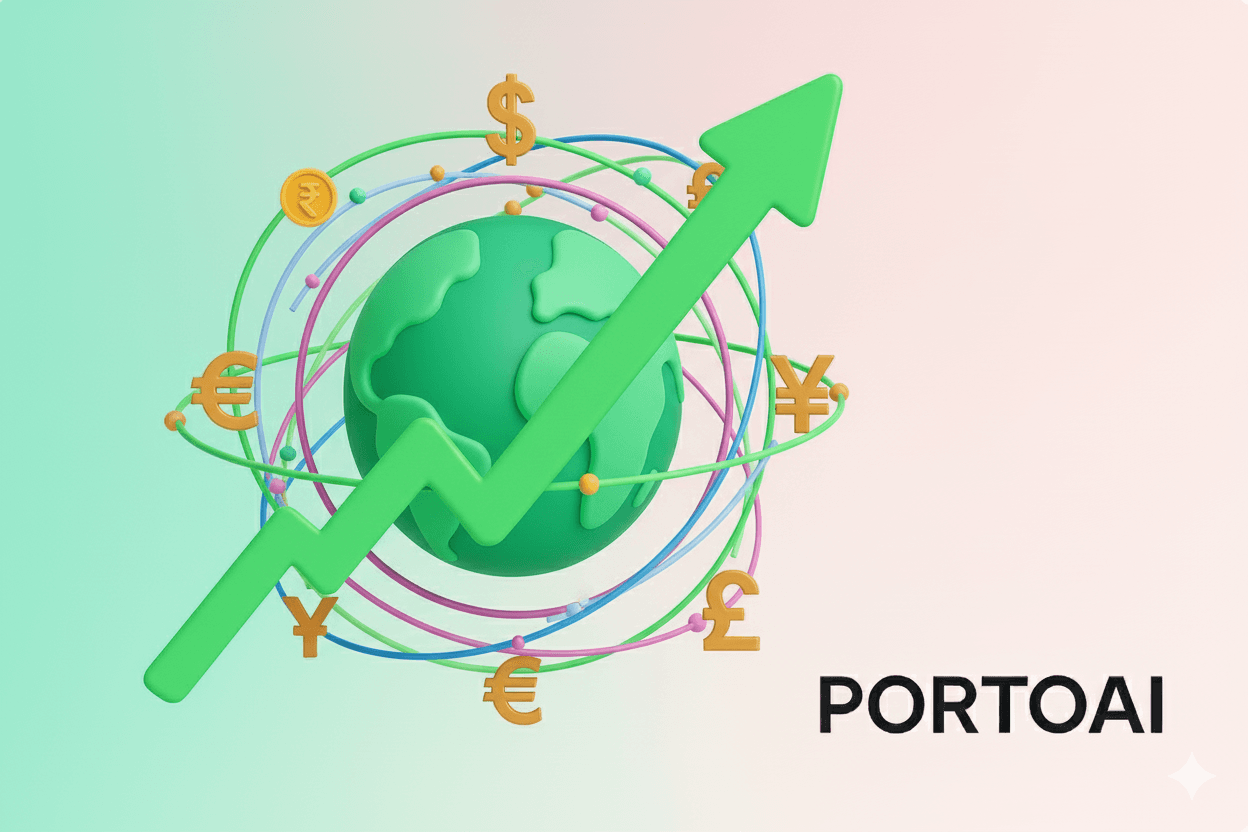How AI is Revolutionizing Trading Strategies: A Decade of Evolution

Venkateshwar Jambula
Lead Market Researcher
4 min read
•Published on September 5, 2024
•The Evolution of Trading Strategies: A Decade of AI-Driven Transformation
The financial markets are in constant flux, and the last decade has witnessed a profound transformation in trading strategies. Gone are the days of solely relying on manual execution on physical trading floors. Today, sophisticated electronic platforms, high-frequency trading (HFT), and cutting-edge technological advancements, particularly in Artificial Intelligence (AI) and Machine Learning (ML), are redefining how investors approach the markets.
From Electronic Platforms to Advanced Analytics
The foundational shift began with the widespread adoption of electronic trading platforms, expanding the universe of available financial instruments. Beyond traditional stocks and bonds, the market now encompasses a vast array of currencies, commodities, and complex derivatives. This diversification has led to the evolution of strategies like options trading, with approaches such as the long call strategy becoming more nuanced to accommodate diverse risk appetites and investor objectives.
The Ascendancy of Algorithmic and High-Frequency Trading
Algorithmic trading, the use of sophisticated computer programs to execute trades at high speeds, has become a cornerstone of modern markets. Fueled by high-speed internet, robust technical infrastructure, and evolving regulatory frameworks, these algorithms can analyze market data and execute trades in milliseconds. High-Frequency Trading (HFT) represents an extreme of this evolution, characterized by rapid execution, large transaction volumes, and a focus on exploiting fleeting price discrepancies.
While these advancements offer benefits like improved market liquidity and narrower bid-ask spreads, they also introduce complexities. Potential risks include market manipulation, technical failures, and the need for rigorous algorithm testing and validation. This is where advanced analytical tools become critical for understanding and managing these risks.
AI and ML: The New Frontier in Market Analysis
The integration of AI and ML has fundamentally enhanced market analysis. These technologies enable investors to:
- Process Vast Datasets: Swiftly analyze historical market data, identify trends, and predict price movements with unprecedented speed.
- Evaluate Real-Time Data: Continuously monitor and assess live market feeds, news, and other relevant information.
- Generate Actionable Insights: Uncover patterns and correlations that were previously inaccessible, leading to more data-driven decision-making.
- Enhance Data Gathering and Preprocessing: Automate the collection and cleaning of market data, ensuring accuracy and efficiency.
Tools like the PortoAI Market Lens leverage these capabilities, providing investors with synthesized intelligence to navigate complex market dynamics with greater confidence.
Evolving Market Microstructure and Liquidity
The underlying structure of markets has also adapted. Order types have evolved, and factors like the bid-ask spread and market depth (the volume of outstanding orders at various price levels) are now critical indicators of liquidity and potential price impact. Market makers play a vital role in ensuring continuous trading opportunities. Consequently, sophisticated trading strategies are increasingly focused on capitalizing on short-term price movements and liquidity patterns, while swiftly identifying market inefficiencies.
The Future of Trading Strategies
The trajectory of trading strategies points towards even greater technological integration:
- Advanced AI/ML Applications: Deeper utilization of AI and ML for predictive analytics, personalized strategies, and risk assessment.
- Blockchain Integration: Potential for enhanced security, efficiency, and transparency in trading and settlements.
- Democratization of Sophisticated Tools: Wider accessibility of advanced trading platforms and applications across diverse investor demographics.
- Focus on ESG: Growing emphasis on Environmental, Social, and Governance factors in investment decisions.
- Enhanced Market Surveillance: Increased use of technology to detect and prevent fraudulent activities.
Staying Ahead with PortoAI
In this rapidly evolving landscape, staying ahead requires embracing technology-enabled decision-making, robust pattern identification, and sophisticated risk management. The PortoAI platform is designed to empower investors with these capabilities. Our AI-native research tools provide the data synthesis, market signals, and risk insights necessary to make confident, disciplined investment decisions. By leveraging the power of AI, investors can not only adapt to the changing market but also gain a definitive edge in achieving their long-term financial goals.
Blog
Investment Insights and Tips
Explore our latest investment strategies and insights.

Stocks
Master Investment Psychology: Control Emotions for Smarter Stock Decisions
The Psychology of Stock Investment: Understanding Emotions That Affect Investment Decisions A stock market is a funny place – both the seller and buye...
Venkateshwar Jambula
November 7, 2024
•4 min read

Stocks
Power Grid India Stock: Analyzing PGCIL's Price Movements & Future
The Rise and Fall: Unraveling the Power Grid Corporation of India Stock Price The Power Grid Corporation of India Stock Price (PGCIL) has experienced ...
Venkateshwar Jambula
November 6, 2024
•10 min read

Stocks
Are Multibagger Stocks Still Possible in 2025? Your AI Guide
These 6 Multibagger Stocks Exploded in 2025 — Is Your Portfolio Still in 2022? Till June 2025, the benchmark Sensex has risen by around 4%, reflecting...
Venkateshwar Jambula
November 5, 2024
•11 min read

Stocks
Top 5 Indian Growth Stocks & Sectors for 2025: AI-Driven Insights
Top 5 Best Growth Stocks in India & Sectors to Watch in 2025 You see the market correction in late 2024 and early 2025 was driven by weak economic...
Venkateshwar Jambula
November 4, 2024
•9 min read